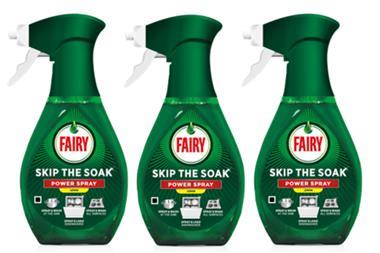The wheel deal
Road safety and concerns about the environment have put vans – and their drivers – in the spotlight. The good news is, finding the right vehicle for your retailing needs has never been easier.
ALREADY HAVE A REGISTERED USER ACCOUNT? PLEASE LOG IN HERE
To read the full story join the ConvenienceStore.co.uk community today!
Registration is quick and easy and provides access to:
- Unlimited ConvenienceStore.co.uk articles
- Our great range of newsletters
- Content you’ve saved for later via the ‘my library’ feature
And much more…






























